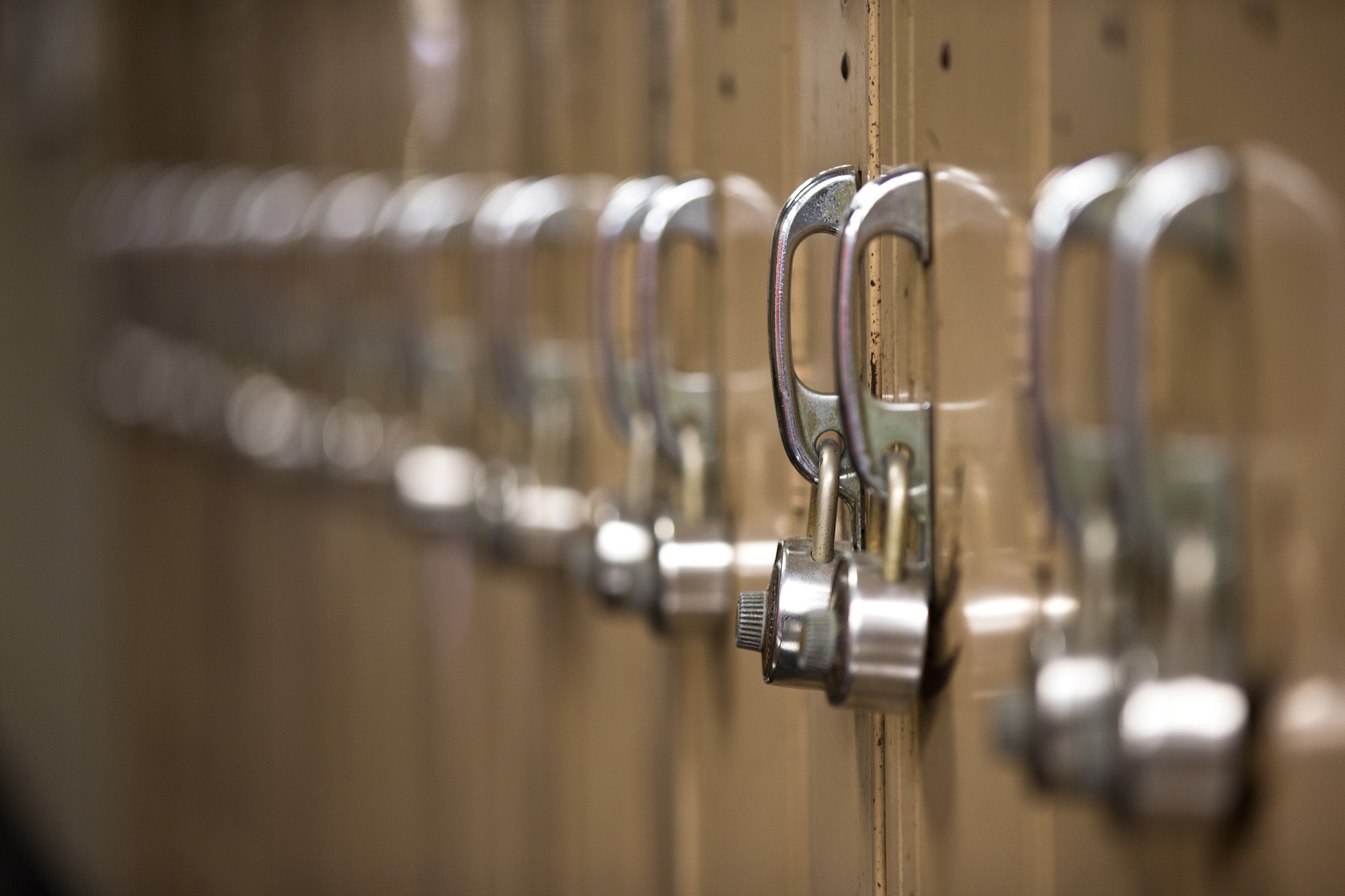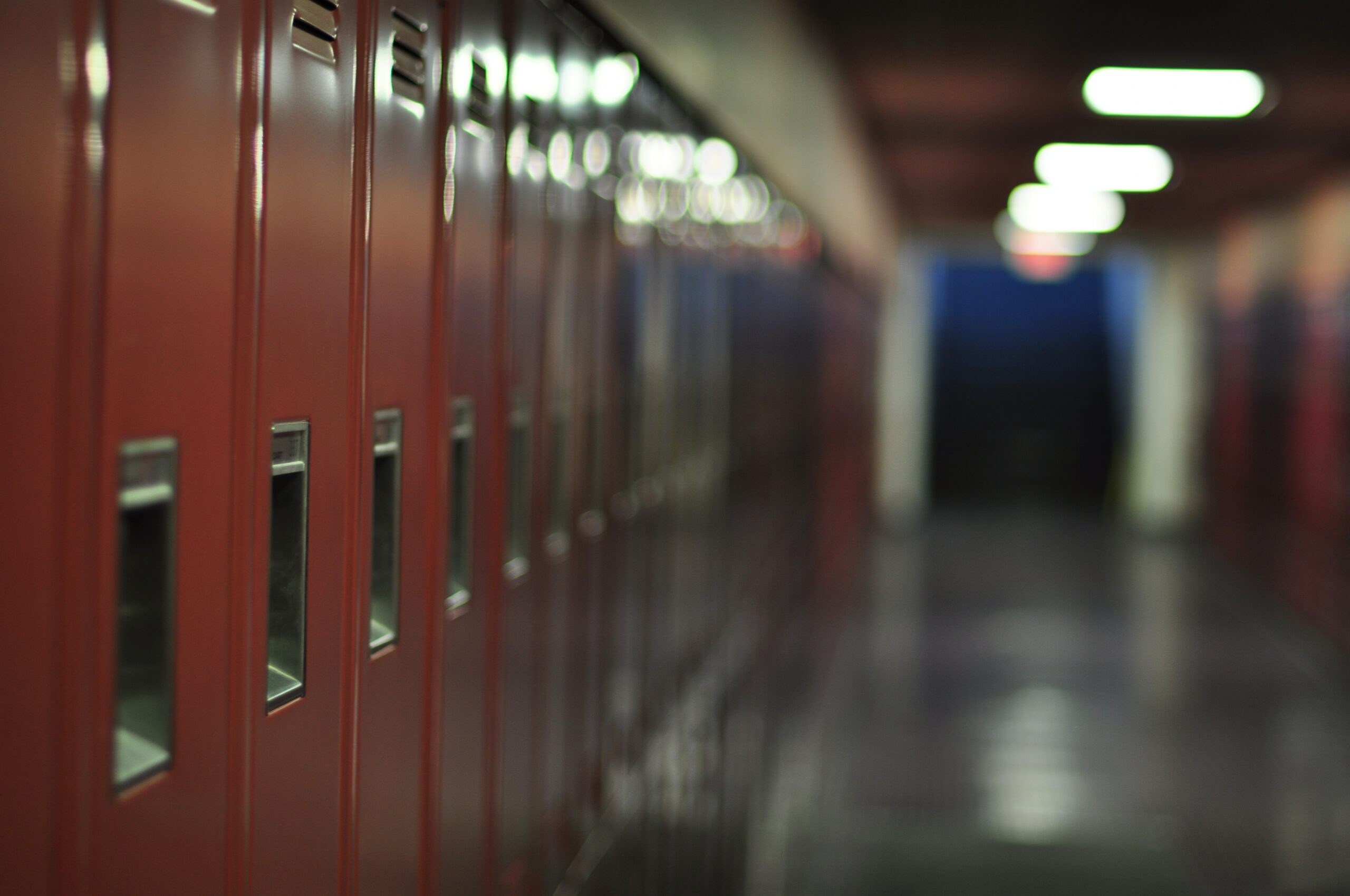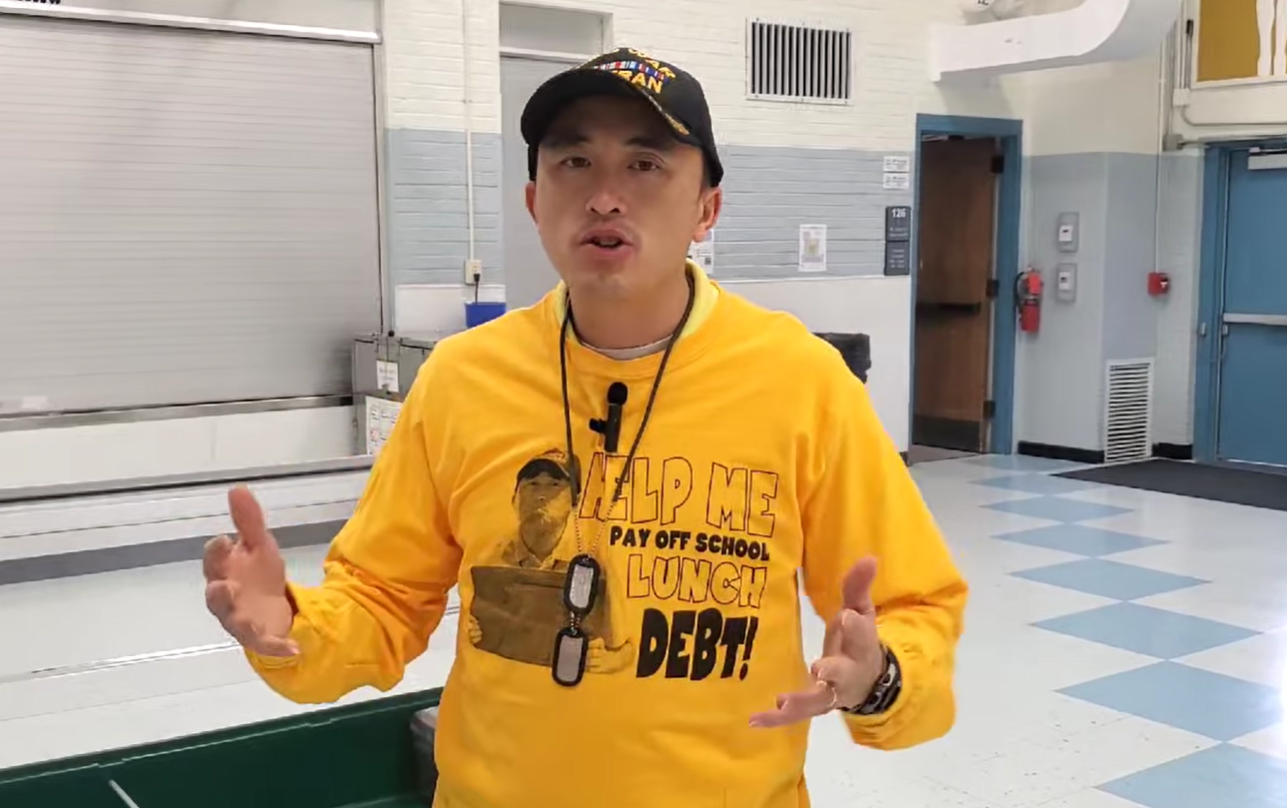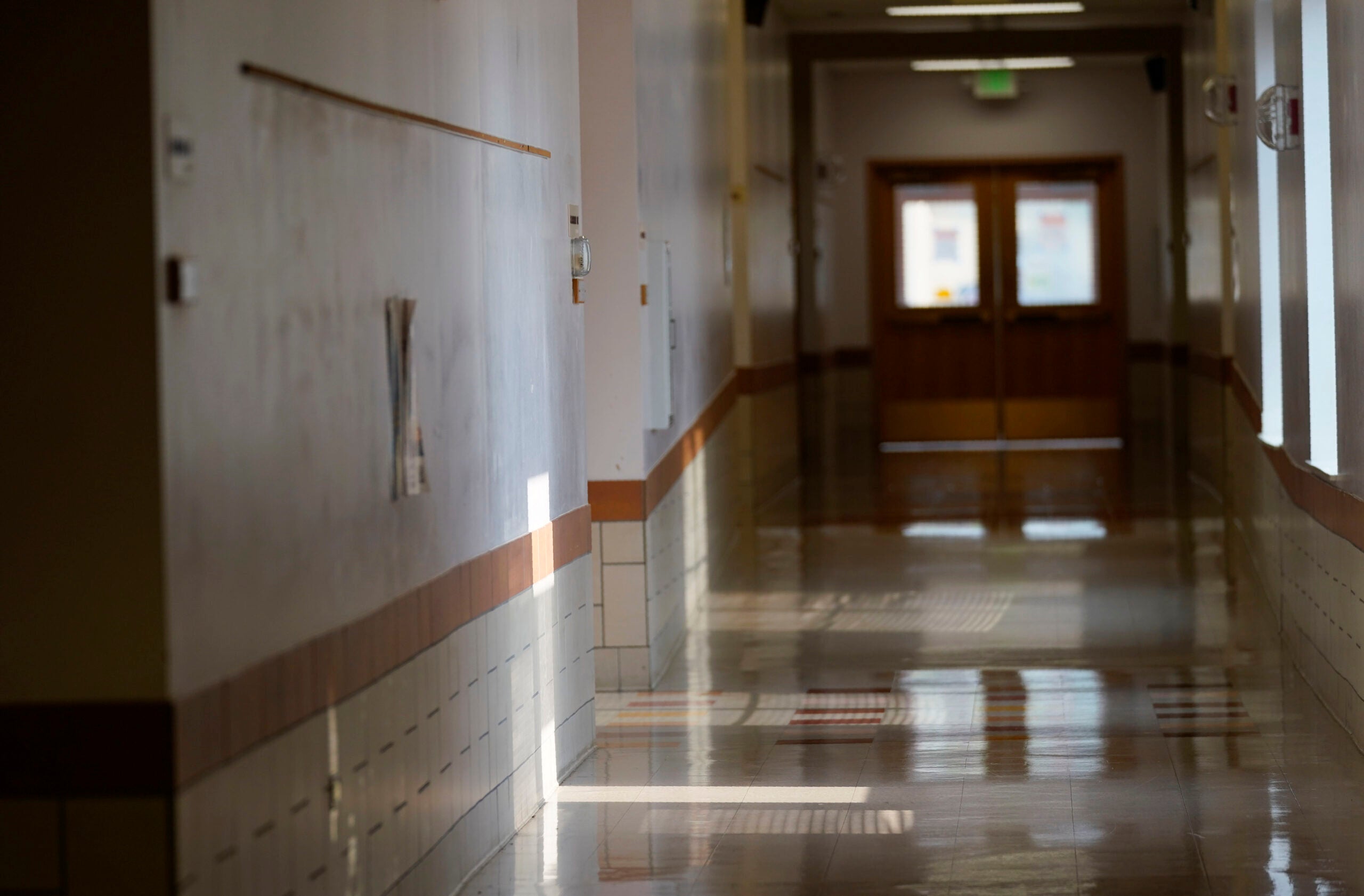A bipartisan bill is aiming to make the use of seclusion and restraint in schools more transparent, requiring school districts to tell the state how often they use those methods.
Current state law allows staff to seclude or restrain students when they pose a danger to themselves or others.
Schools are required to share the number of incidents with their districts. If the bill passes, districts would then have to pass that data along to the state Department of Public Instruction.
Stay informed on the latest news
Sign up for WPR’s email newsletter.
Advocates at a state Senate hearing Tuesday said without a centralized database, the state and parents don’t know how districts are doing.
Angela Wendling’s two sons are on the autism spectrum. She said one of them was unfairly secluded and restrained at school when he was 5 years old.
“As a parent I would like to know how common these incidences are, how common these failures are,” Wendling said. “I would like to know how often schools are doing this, and how can we even work to fix this problem if we can’t even follow the trends?”
Nationwide, most students restrained and secluded in schools are students with disabilities, according to the U.S. Department of Education.
A report from state advocacy organizations found the same was true in Wisconsin’s 2013-14 school year — 80 percent of the students who were restrained or secluded were students with disabilities.
But the report stated the data is incomplete due to the lack of statewide reporting.
If the bill passes, schools will also have to send a written report about each incident to parents. Right now, they are only required to notify parents when a report is available.
Sally Flaschberger of Disability Rights Wisconsin said the parents who come to her organization for help often don’t have all the details.
“I always ask first, ‘Did you get a report? Do you have any reports?’ And so often, the parents say to me, ‘I didn’t even know there was a report available,’” she said.
Parents who spoke at the public hearing said they found out their children had been restrained or secluded from other parents at the school or did not get any notification at all.
Molly Immendorf, of Madison, said she found out when she went to pick up her son — who is on the autism spectrum — for an appointment one day and found him in a seclusion room.
“Maybe with a little bit more sunlight, a little bit more exposure to what is happening, that there’ll be more information, better decisions made, and ultimately, more help for teachers and the students to have the support that they need to be successful in school,” Immendorf said.
Wisconsin Public Radio, © Copyright 2024, Board of Regents of the University of Wisconsin System and Wisconsin Educational Communications Board.





